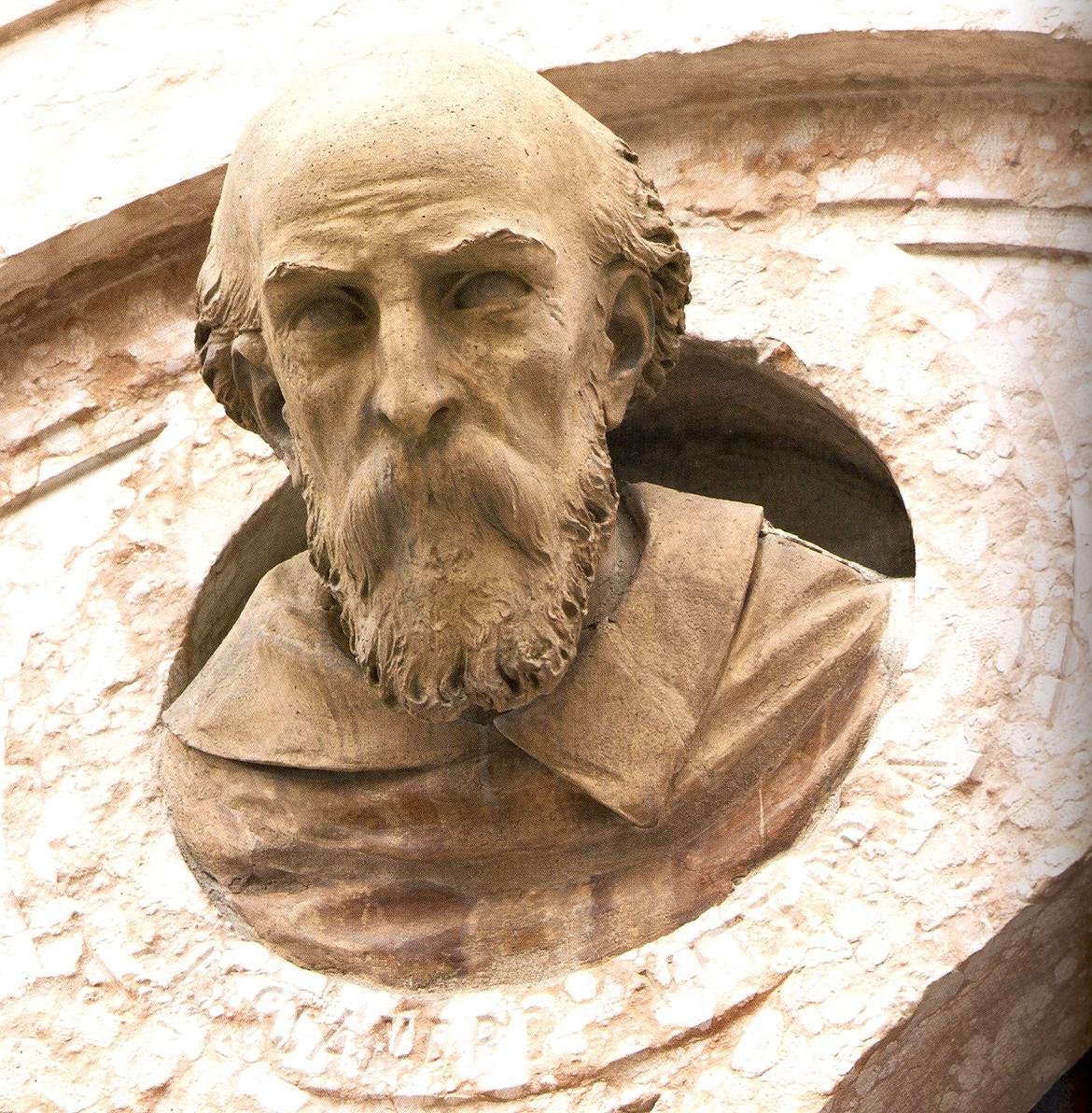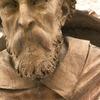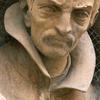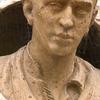How to look at the works of art
15 protagonists of Trentino’s culture on the façade of Palazzo Ranzi, in piazza Santa Maria Maggiore

Palazzo Ranzi (so called after its patron Francesco Ranzi, who was a businessman and also the palace’s designer) is primarily known for the fifteen clay faces that adorn the palace’s façade overlooking Piazza Santa Maria Maggiore. These sculptures represent some of the most important figures in the culture of Trentino between the sixteenth and nineteenth centuries, artists and intellectuals whose names are engraved in stone frames of Trento.
On a lower level, starting from the left, the following figures are to be seen: Andrea Pozzo, a famous Jesuit Brother and architect, Francesco Oradini, one of the most famous sculptors of the eighteenth century; as to the painters, Giovan Battista Lampi was active in the courts of St. Petersburg and Vienna; Francesco Guardi lived in Venice most of his life; Fede Galizzi was mainly active in Milan.
Bianca Laura Saibanti was an intellectual, painter and poet from Rovereto, as well as mother of the famous Clementino Vannetti; Nicolò Dorigati e Andrea Rensi were both painters; Antonio da Trento was an engraver, active in the first half of the sixteenth century; Aliprando Caprioli was a carver and was active in Rome.
On the upper level you can see the following sculptors’ portrays: Andrea dall'Aquila, Vittoria’s disciple; Vincenzo Grandi from Vicenza, who created the magnificent choir marble that can be seen in the church of Santa Maria Maggiore; Alessandro Vittoria, who lived in Venice (where he died in 1608) and who is considered one of the greatest interpreters of the Venetian sculpture; Vigilio Rubini was Vittoria’s disciple, and the last portray is of Bernardino da S. Agnese, who was Vittoria’s collaborator.
All the sculptures of the palace were made by Andrea Malfatti (Mori 1832 - Trento 1917) between 1861 and 1862; in the same years he worked on the Fontana del Bacchino (Bacchus’ Fountain) in “piazza delle Opere” - now “piazza Pasi” -, and on the fountain called "Do castradi" in Piazza delle Erbe.
01/12/2014




